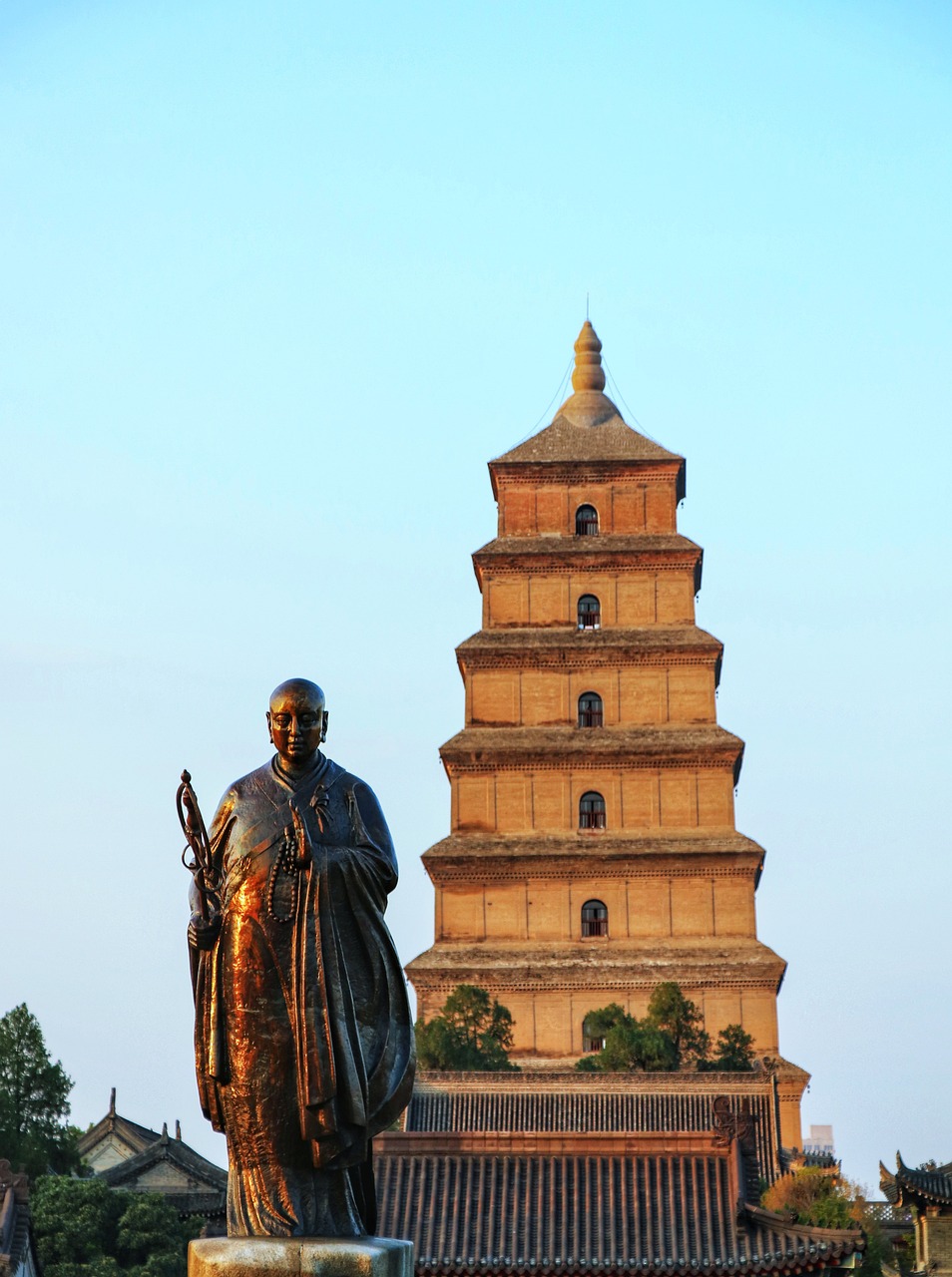The Journey of Tang Seng: A Historical Perspective
The legendary tale of Tang Seng, originating from the ancient Chinese novel Xi You Ji (Pilgrimage to the West), has captivated audiences in China for generations. This narrative is grounded in the life of the celebrated monk Xuanzang (602-664), who made significant contributions to Buddhism and its translations.
Xuanzang, often referred to as Tang Sanzang or Tang Seng, was a pivotal figure in the Idealistic School of thought. His extensive translations of Buddhist texts ensured his lasting influence in the annals of Buddhist history.
Beginning his monastic life at the tender age of 12, Xuanzang dedicated himself fully to the study of sacred texts. By the time he turned 21, he had already established himself as a monk. His deep commitment to understanding Buddhist doctrines led him to study under various masters across China. However, discontent with his progress prompted him to seek the original teachings of Buddhism directly from India, to clarify the discrepancies in the translations available to him.
In 629, Xuanzang embarked on an ambitious quest, departing from Chang’an (modern-day Xi’an City) towards the west. His journey unfolded along the famed Silk Road, leading him through regions such as Xinjiang Autonomous Region and central Asia, ultimately reaching the heart of India. Along the way, he was greeted with respect and hospitality, allowing him to immerse himself in diverse Buddhist cultures as he visited various monasteries.
Upon his return to Chang’an in 645, Xuanzang brought back a treasure trove of Buddhist texts, relics, and statues. He devoted the remainder of his life to the dissemination, teaching, and translation of Buddhism from the Da Ci’en (Great Mercy) Temple in Chang’an. Over time, he translated 75 critical Buddhist works encompassing 1,335 volumes into Chinese. Additionally, he translated key philosophical texts by Laozi and the Mahayana Shraddhotpada Shastra into Sanskrit, which later found their way back to India, reinforcing the cultural exchange between the two regions.
His detailed account, Report of the Regions West of Great Tang, served as a crucial source of information about the societies, landscapes, and cultures of central Asia, India, Nepal, and Pakistan during the seventh century. This document not only showcased the geography of India at that time but also highlighted the profound impact of Indian Buddhism on Chinese literature and arts—manifested in painting, sculpture, and architectural advancements. Xuanzang emerged as a vital bridge in fostering Sino-foreign relations, thereby enriching both cultures.
Advancing his mission of spreading Buddhist education, Xuanzang attracted numerous distinguished disciples, including those from Japan and Korea. These students played a significant role in transmitting Chinese Buddhist thought back to their homelands, solidifying Xuanzang’s legacy as one of the most eminent figures in the expansion of Buddhism.



